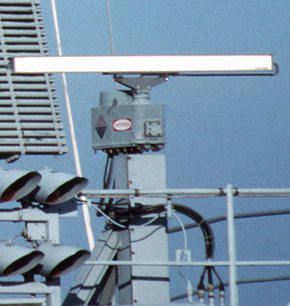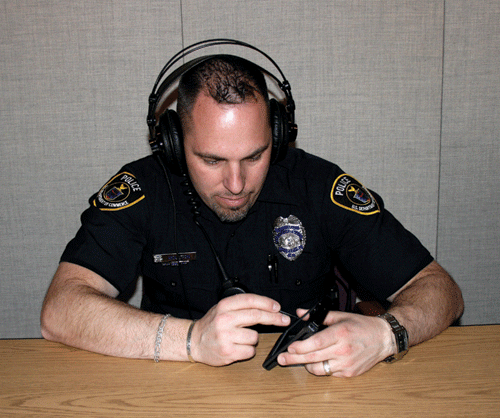Institute for Telecommunication Sciences
Visit ITS's Main Website.
The Institute for Telecommunication Sciences (ITS), located in Boulder, Colorado, is the research and engineering arm of NTIA. ITS provides core telecommunications research and engineering services to promote:
- Enhanced domestic competition and new technology deployment
- Advanced telecommunications and information services
- More efficient use of the radio frequency spectrum
ITS also serves as a principal Federal resource for investigating the telecommunications challenges of other Federal agencies, state and local governments, private corporations and associations, and international organizations. In particular, this includes assisting Federal public safety agencies, the FCC, and agencies that use Federal spectrum. Current areas of focus include:
- Research, development, testing, and evaluation to foster nationwide first-responder communications interoperability
- Test and Demonstration Networks to facilitate accelerated development of standards for emerging communications devices
- Analysis and resolution of interference issues
ITS Director: David Goldstein
David's email
Contact
Institute for Telecommunication Sciences
325 Broadway, MC ITS.D
Boulder, CO 80305–3337
(303) 497–3571
ITSInfo
Related content
Technical Studies to Support Examination of Sharing Options in the 2900-3100 MHz Band
The Federal Government uses the 2900 - 3100 MHz band of spectrum for operating various types of radar systems that are used for safe and reliable maritime navigation and accurate weather monitoring. This band is one of the bands NTIA is considering in its effort to fulfill the President’s goal of identifying 500 megahertz of spectrum for commercial wireless broadband by 2020. Three reports released today describe a multi-year research effort performed by NTIA’s Institute for Telecommunication Sciences (ITS) and funded by the United States Coast Guard providing technical information that can be used to examine different sharing options between marine radar systems operating in the 2900 - 3100 MHz band and commercial wireless broadband systems.

Marine radar slotted array antenna (white bar) mounted on motor which spins it.
PSCR Releases Audio Files for Intelligibility Testing
NTIA’s Institute for Telecommunication Sciences (ITS) in Boulder, CO, has been hard at work for years on research aimed at giving first responders next-generation technology that will help save lives.
The public safety research is done through a joint venture between ITS and the National Institute of Standards and Technology (NIST) Law Enforcement Standards Office (OLES), called the Public Safety Communications Research Program (PSCR). PSCR is hosting a Stakeholder Conference in Westminster, Colo. June 4-6 to bring together representatives from public safety, Federal agencies, industry, and academia to learn about PSCR’s recent work efforts related to the build out of the First Responder Network Authority (FirstNet) nationwide public safety broadband network.
Beyond the research PSCR is doing for FirstNet, a key area of research at PSCR over the years has been improving the quality of voice communications on digital radios used by public safety. PSCR recently released audio files used as part of a series of tests focused on enhancing the sound quality of digital radios used by public safety officials. The audio files will be a valuable resource for other researchers, and are now on the PSCR web site: http://www.pscr.gov/projects/audio_quality/mrt_library/mrt_library1.php .
Testing by NTIA’s ITS Paves the Way for First Responder Broadband Interoperability
NTIA’s Institute for Telecommunication Sciences (ITS) is hard at work in our Boulder, Colorado labs testing next-generation technology that will be used in a new nationwide public safety broadband network to be built by the First Responder Network Authority (FirstNet).

Public Safety official participates in testing of digital LMR intelligibility.
Congress directed that the new FirstNet public safety network utilize Long Term Evolution (LTE) radio technology, a developing commercial network standard for broadband transmission. The public safety community identified LTE as the most promising technology to satisfy its growing need for advanced communications capabilities. As a result, ITS is exploring Voice over LTE(VoLTE), a digital protocol under which the network handles voice as just another form of data, over LTE networks. ITS is working with the public safety community to ensure that mission-critical voice transmission using this new technology is at least as clear to practitioners in field conditions as current technologies.
